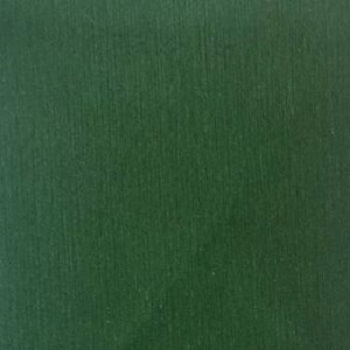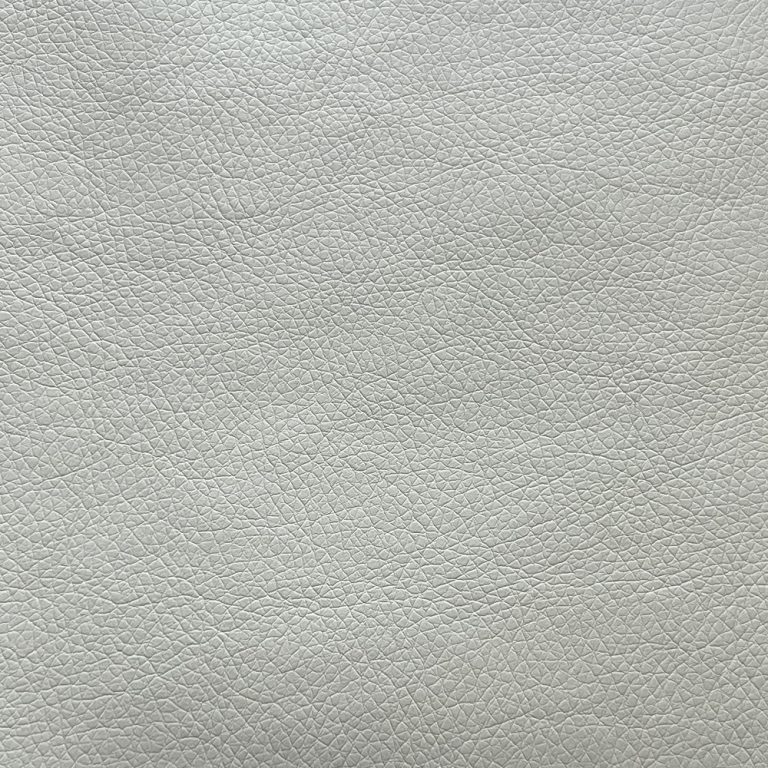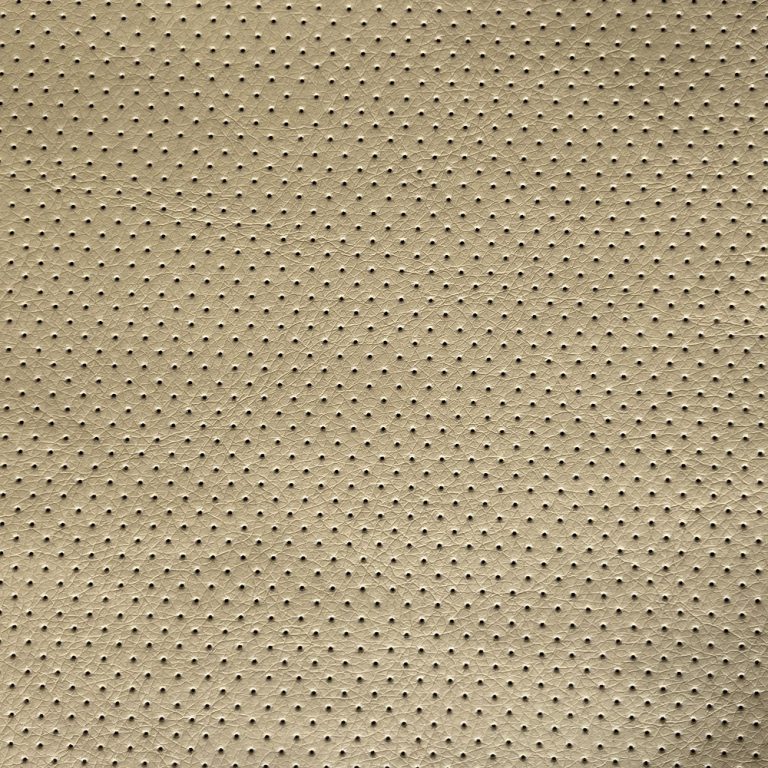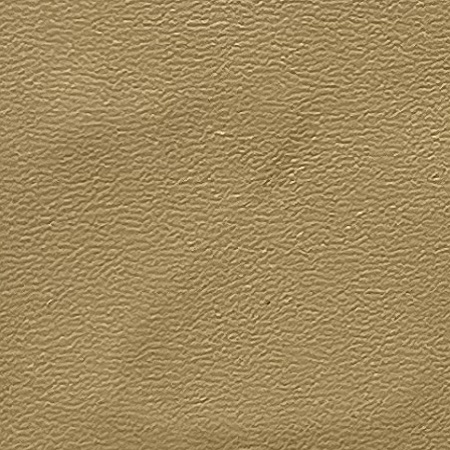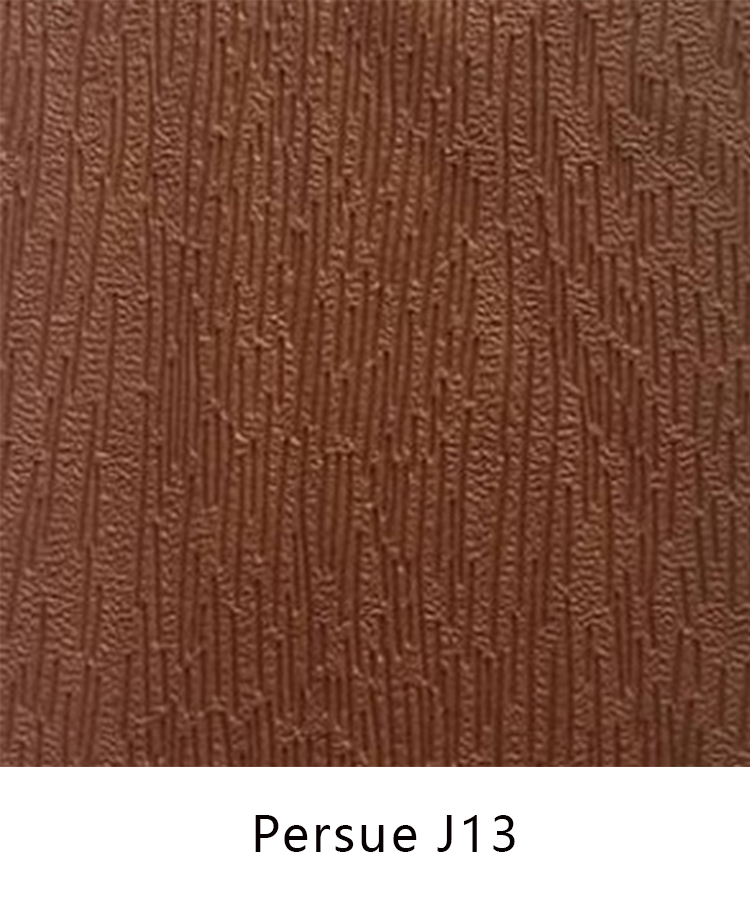Table of Contents
Pros and Cons of Shoe Upper PU Leather: A Comprehensive Guide
Shoe Upper PU Leather: Understanding its Pros and Cons
Shoes are not just a necessity; they are a fashion statement, an expression of style, and a reflection of personality. When it comes to the materials used in crafting footwear, PU leather, or polyurethane leather, has gained significant popularity. PU leather is a synthetic material made to resemble genuine leather, offering a balance between affordability and durability. However, like any material, it has its pros and cons that consumers should consider before making a purchase.
One of the primary advantages of shoe upper PU leather is its cost-effectiveness. Compared to genuine leather, PU leather is generally more affordable, making it an attractive option for budget-conscious consumers. This affordability allows shoe manufacturers to produce stylish and high-quality footwear at lower price points, expanding accessibility to a wider range of customers.
Moreover, PU leather is known for its versatility. It can be easily manipulated and embossed to mimic various textures, patterns, and finishes, providing designers with endless possibilities for creating unique and fashionable shoe designs. Whether it’s a sleek and polished look for formal wear or a distressed and rugged appearance for casual shoes, PU leather can be adapted to suit different styles and preferences.
In addition to its aesthetic appeal, shoe upper PU leather is also valued for its durability and resistance to wear and tear. Unlike genuine leather, which may require regular conditioning and maintenance to preserve its quality, PU leather is relatively low-maintenance and can withstand daily use without losing its shape or color. This durability ensures that shoes made from PU leather can withstand the rigors of daily wear, making them a practical choice for everyday use.
However, despite its many advantages, shoe upper PU leather also has its drawbacks. One of the main concerns surrounding PU leather is its environmental impact. As a synthetic material, PU leather is derived from petroleum-based products, making it non-biodegradable and contributing to environmental pollution. Additionally, the manufacturing process of PU leather involves the use of toxic chemicals, which can pose health risks to workers and surrounding communities if not properly managed.
Another potential downside of shoe upper PU leather is its breathability. Unlike genuine leather, which is naturally porous and allows for air circulation, PU leather is non-breathable and may cause discomfort, especially during warmer weather or prolonged wear. This lack of breathability can lead to moisture buildup inside the shoe, resulting in unpleasant odors and potential skin irritations.
Furthermore, while PU leather may closely resemble genuine leather in appearance, it lacks the same level of luxury and prestige associated with natural materials. For some consumers, the absence of authenticity may be a deterrent, as they prefer the look and feel of genuine leather despite its higher price tag.

| Sort | Article Name |
| S | Shoe Upper |
In conclusion, shoe upper PU leather offers a cost-effective, versatile, and durable alternative to genuine leather for footwear production. Its affordability and versatility make it a popular choice among consumers and designers alike. However, its environmental impact, lack of breathability, and perceived inferiority to genuine leather are factors that should be considered when making a purchase decision. Ultimately, whether PU leather is the right choice for you depends on your priorities and preferences as a consumer.
The Evolution of Shoe Upper PU Leather: Trends, Innovations, and Sustainability
The Evolution of Shoe Upper PU Leather: Trends, Innovations, and Sustainability
Shoe upper PU leather, also known as polyurethane leather, has undergone significant evolution in recent years. This synthetic material, initially developed as a cost-effective alternative to genuine leather, has now become a prominent choice for footwear manufacturers due to its versatility, durability, and sustainability features.
In the past, PU leather was primarily used in low-cost shoes, where its affordability outweighed its limitations in quality and performance. However, advancements in manufacturing processes and technology have led to the development of high-quality PU leather that closely mimics the look and feel of genuine leather.
One of the key trends driving the evolution of shoe upper PU leather is the growing demand for sustainable materials in the fashion industry. As consumers become more environmentally conscious, there is a greater emphasis on using materials that minimize environmental impact. PU leather, being a synthetic material, requires fewer natural resources to produce compared to genuine leather, making it a more sustainable choice.
Furthermore, innovations in PU leather production have led to the creation of eco-friendly variants that utilize recycled materials and non-toxic chemicals in their manufacturing process. These advancements not only reduce the environmental footprint of PU leather production but also address concerns about the use of harmful chemicals in traditional manufacturing methods.
Another significant trend in the evolution of shoe upper PU leather is the focus on performance and functionality. Manufacturers are constantly striving to improve the durability, flexibility, and breathability of PU leather to meet the diverse needs of consumers. Through innovative design techniques and material engineering, PU leather can now offer enhanced water resistance, abrasion resistance, and breathability, making it suitable for a wide range of footwear applications.
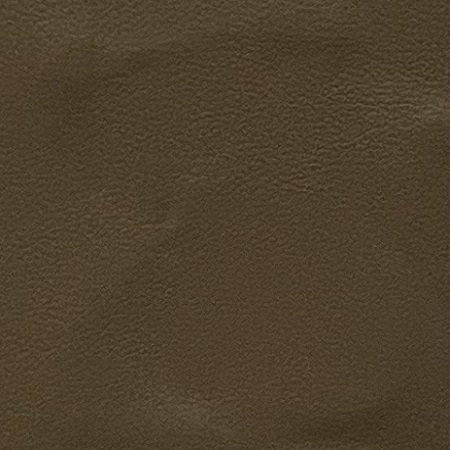
Moreover, the versatility of PU leather allows for greater design freedom, enabling designers to create unique and visually appealing footwear styles. Whether it’s sleek dress shoes, rugged outdoor boots, or casual sneakers, PU leather can be tailored to meet the specific aesthetic and performance requirements of different shoe designs.
In addition to its aesthetic and functional benefits, PU leather also offers practical advantages for manufacturers and consumers alike. Its synthetic nature makes it easier to produce in large quantities and allows for more consistent quality control compared to genuine leather. This means that manufacturers can efficiently meet demand without compromising on product quality.
Furthermore, PU leather is typically more affordable than genuine leather, making it accessible to a wider range of consumers. This accessibility allows for greater market penetration and enables consumers to enjoy the benefits of high-quality footwear without breaking the bank.
In conclusion, the evolution of shoe upper PU leather reflects the dynamic nature of the footwear industry, where trends, innovations, and sustainability considerations drive product development. From its humble beginnings as a cost-effective alternative to genuine leather, PU leather has evolved into a versatile, durable, and sustainable material that is reshaping the way we think about footwear. As consumer preferences continue to evolve, PU leather is likely to remain a staple in the footwear industry, offering a compelling combination of performance, aesthetics, and sustainability.

